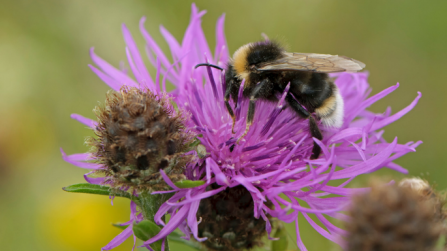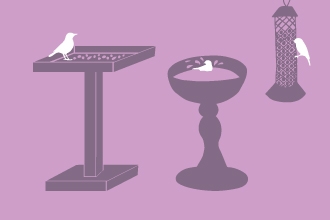The end of summer marks a dramatic change for hay meadows and woodland rides. The hay cut, occurring mid-June to July, appears at a glance to be extremely destructive.
From an ocean of wild flowers to a cropped lawn, the cut removes large areas of habitat used by ground nesting birds and a range of invertebrates.
So why do it?
Eutrophication – or nutrient enrichment, is one of several enemies of the wildflower meadow. Perhaps counterintuitively, more nutrients mean fewer species of flower, due to the ability of some bigger, coarser species to use those nutrients to bully out the more delicate species.
But when’s best to cut?
Too soon, and we lose the nectar source and the flowers won’t set seed. Too late, and the nutrients return to the base of the plant, making the crop less valuable and insufficiently lowering nutrient levels.
By taking the hay cut when the grass is at its richest, then grazing the subsequent regrowth with cows, sheep or ponies, we remove lots of the nutrients and promote floral and faunal biodiversity.
Also, left to its own devices a meadow would undergo ‘succession’, transforming from flower-rich, to scrub-rich, and eventually to secondary woodland, meaning an eventual loss of the habitat completely.





